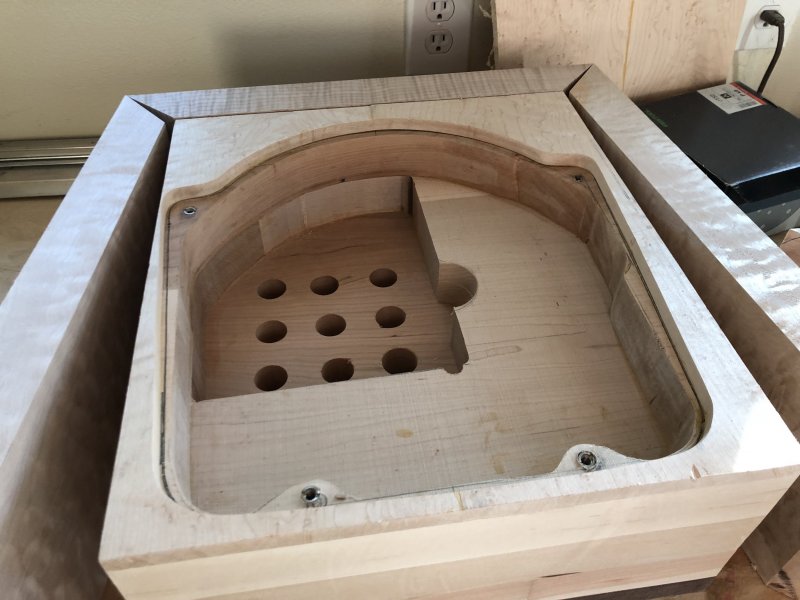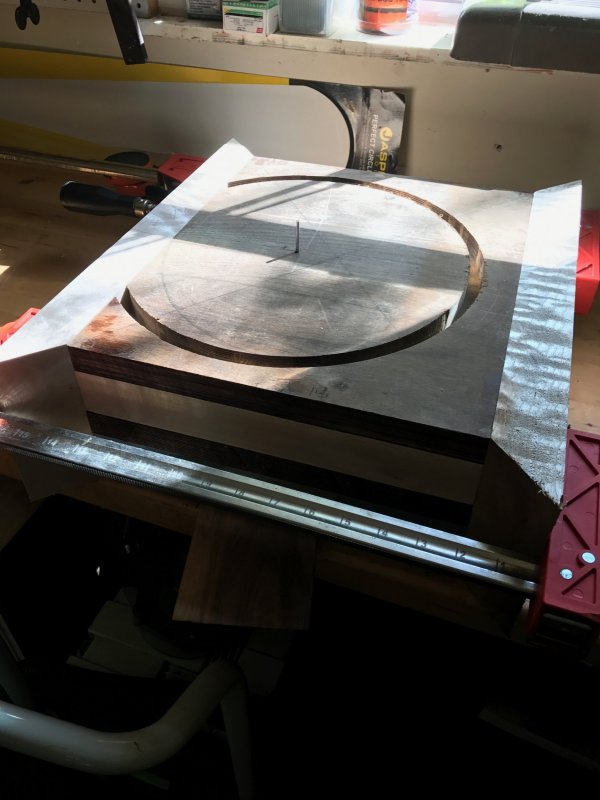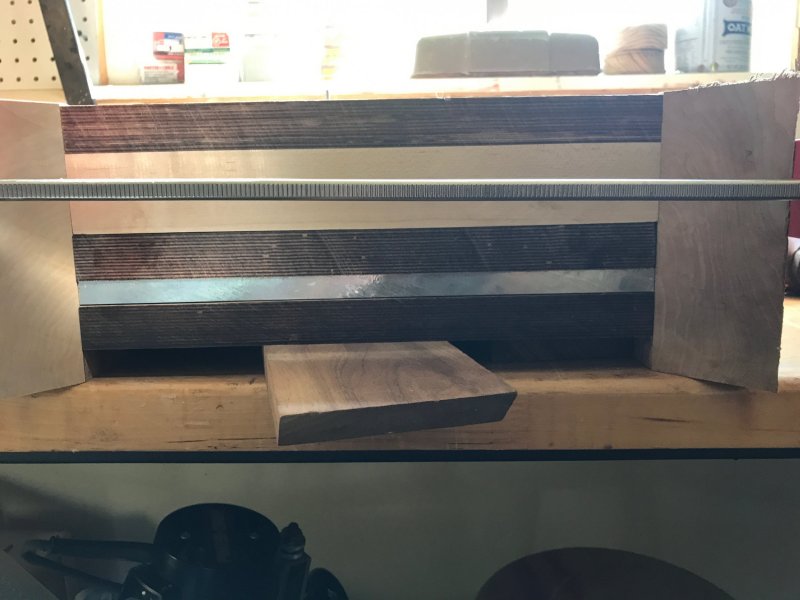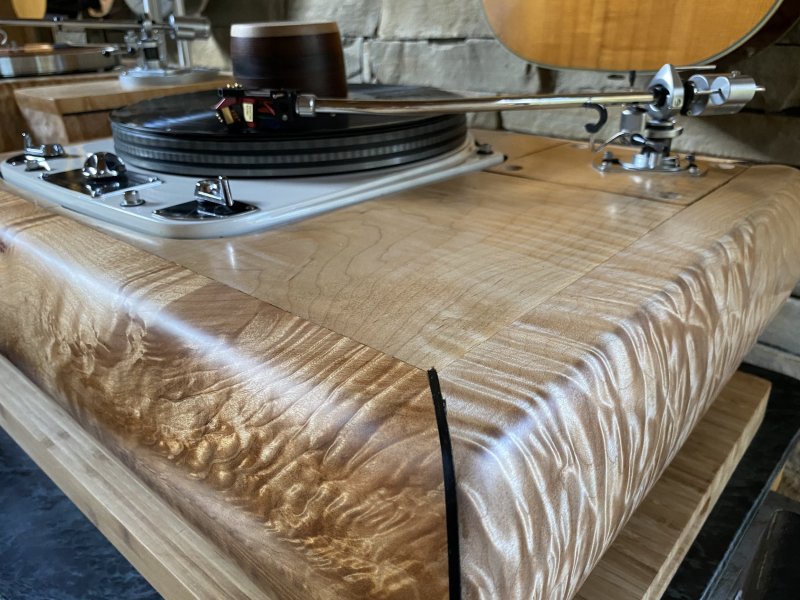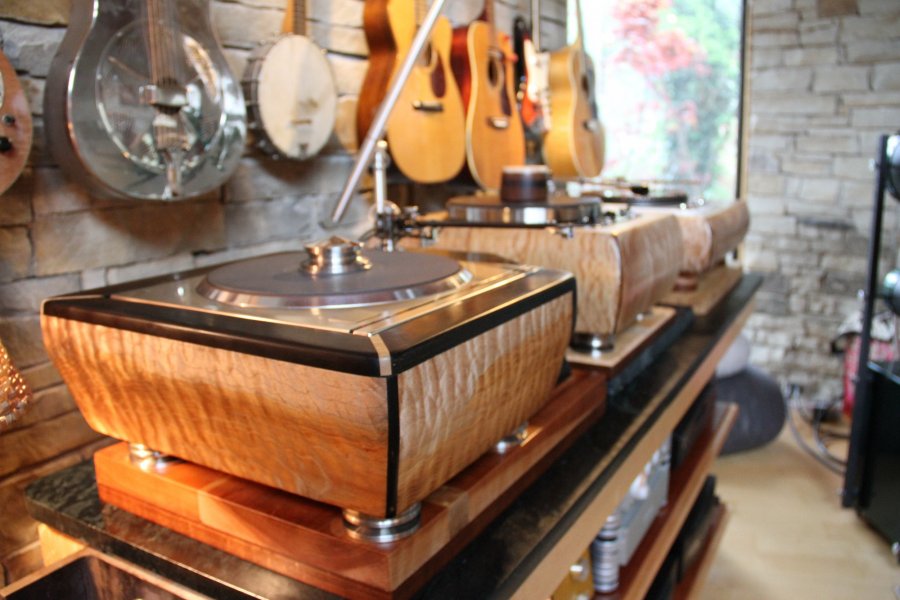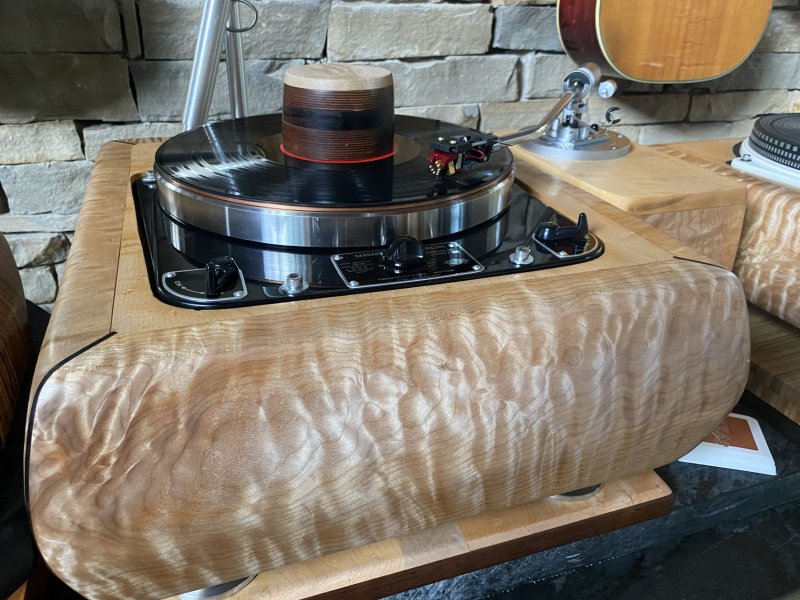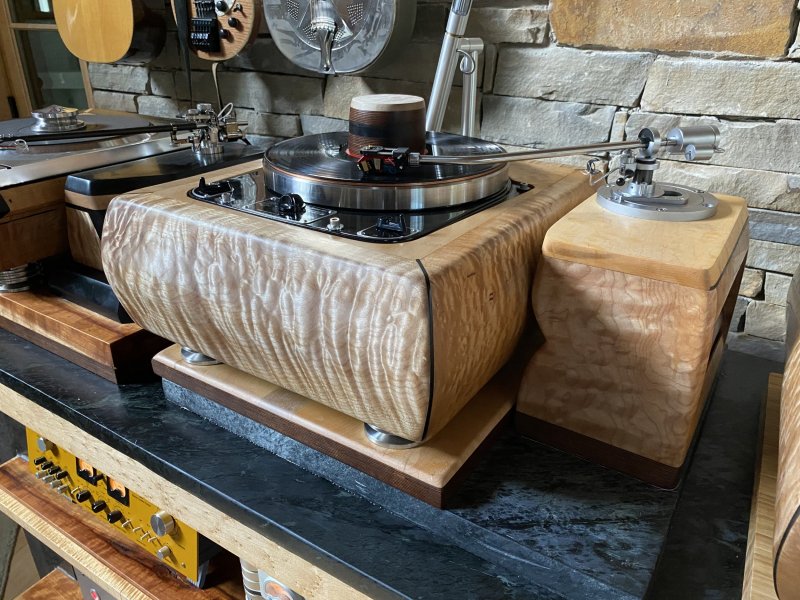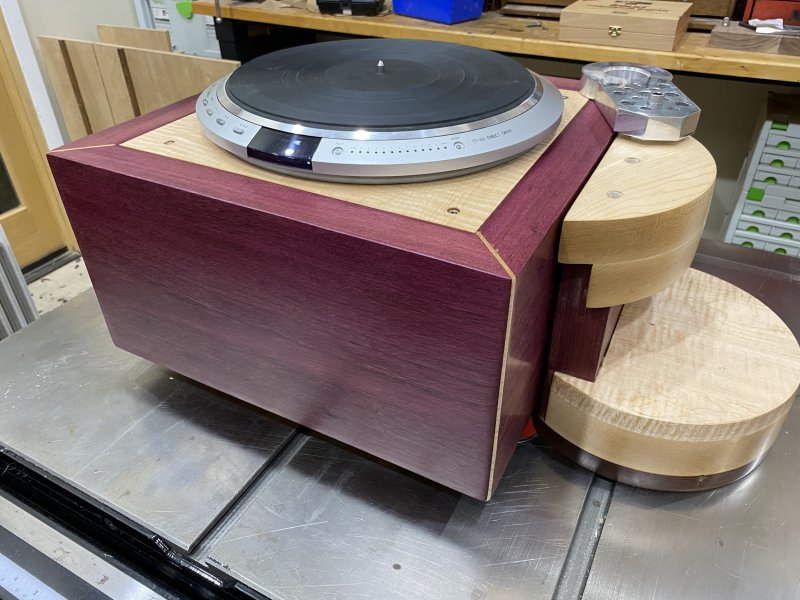Talk about the use and merit of panzerholz in audio systems broke out in bonzo75's
thread about user Tango and his system. Part of that was about the Taiko Audio Daiza product and partly about panzerholz in audio generally. An energetic discussion ensued. The Daiza product has at least two informational / advocacy threads.
Rather than swerve bonzo's thread (and others) further, this thread is offered. It is not meant to be focused solely on a specific audio product. Discussion of all panzerholz uses, products, and merit are welcome here as well as discussion about the merits or demerits of panzerholz itself.
Moderators may copy messages here from the thread mentioned above (or not). Panzerholz seems to be a topic of interest. Little was resolved earlier.
--------------------------------------------------------------------------------------------------
In case there is a pause in further discussion, here is some reading material:
Panzerholz® A DIN 7707-compliant hardened panel material made of a combination of phenolic resin and hardwood with a hardened structure.
(DIN 7707 is apparently a set of standards for resin impregnated and compressed laminated wood.)
Panzerholz Is apparently a registered product name of Delignit, an off-shoot of Blomberger Holzindustrie GmbH in Blomberg Germany. cf.
here and here.
PDF Datasheet
here - only available in German.
Panzerholz - there is no English language Wikipedia entry; this one is in German.
The Virtues of Panzerholz - An Investigation into the Acoustical Properties of Aluminum and Panzerholz
- this is by Louis Motek of LessLoss, an innovative audio manufacturer in Lithuania; the company is an avid user of panzerholz for several years now.
Plugging the terms "What is panzerholz?" into a search engine yields little information about the product itself, but lots of references to various audio forum pages, much of those related to tt plinths and speakers.
Anything you sit a component on will change how the component sounds in some way. Shoud you put your components on a piece of panzerholz?
I've never used panzerholz wood - at least not that I recall. However, based on its characteristics, it's hardess, density, etc, I've used similar exotic hard and desne woods, mostly the very beautiful Mexican Cocobolo wood.
To the best of my knowledge wood is wood and there should be nothing extraordinarily beneficial about panzerholz except that it somehow has "caught on" in high-end audio as a wood of choice.
Mechanical energy comes from certain sources and exerts certain behaviors that do not change. But when attempting to manage these behaviors a wood's characteristics will determine the ultimate performance impact of the designs, strategies, and/or methods applied. But then again, so will other materials. It's important to note that mechanical energy's behaviors and sources do not change as they are and should be universal. This is important to note because our percetptions of mechanical energy's behaviors and sources can be all over the map as can be our methods and remedies. Even so, mechanical energy's behaviors and sources remain unchanged.
In general, with its natural warmth and beauty people love the look of wood especially in upscale applications. Designs have the potential to look even more beautiful where there is a nice contrast between natural i.e. wood and manmade materials.
Back to panzerholz wood which seems to consist of a glue and type of wood composite and which in its final state is deemed a certain hardness and density. Vibration-induced distortions are quite severe and their remedies work rather well when employing harder and more dense materials. Since balsa wood lacks hardness and density, that makes balsa one of the least desired woods for audio applications from a performance perspecitive.
At the other end of the hardness and density scale is Lignum Vitae wood which is known as the worlds hardest most dense wood. In fact, up until recent years Lignum Vitae was used as main bearings in the engines of large ships which I always thought facinating. In recent years they stopped using Lignum Vitae as I recall because though the wood worked quite well with great longevity, when these bearings would wear out, they'd blow up. These harder more dense woods are so dense that they will not float and they are also rated with the same fire retardation as concrete, except that ultimately they will burn.
All that said, based on what I think I know about vibrations' behaviors, the sonic harm they induce, and utlimately related to performance, all woods of any type pale in comparison to harder materials. On the metals side of the fence, like wood, audiophiles seem to have a real passion for brass. Presumably since brass is used in a number of instrumentals, audiophile somehow automatically assume brass must be a superior metal for other music / sound-related applications like vibration mgmt.
However, for superior forms of vibration mgmt, brass is among the more inferior metals for performance-related applications for pretty much the same reason Balsa wood is among the most inferior in the wood family. Yet, brass is perhaps superior to any wood when used in a high-end audio application.
I used to design performance-oriented racking systems and for years I used perhaps the best known performance-oriented points / cones / spikes from another performance-oriented mfg'er and were made of a special brass. But I knew I could design a better footer so I eventually did and I chose a far superior metal for the job and the result was night and day better performance.
Brass may make for a beautiful sound in some instruments but it turned out brass was way too soft and hence way too slow for my designs and ultimately severely bottlenecked my designs' performance potential. Yet, brass' characteristics were still superior to perhaps any wood I've used. From a performance perspective anyway and based on my unique designs and methods employed to address mechanical energy's unchanging universal behaviors and characteristics.
Anyway, that's my best guess on the practical use of panzerholz and wood in general from a performance-oriented perspective when attempting to manage unwanted mechanical energy. Wood sells as it can be a strikingly beautiful material but I stopped using it entirely about 15 years ago because my designs were intended to be performance-oriented only and eventually discovered wood was severely bottlenecking my designs' performance potentials, as was brass and for presumably the same reasons.




